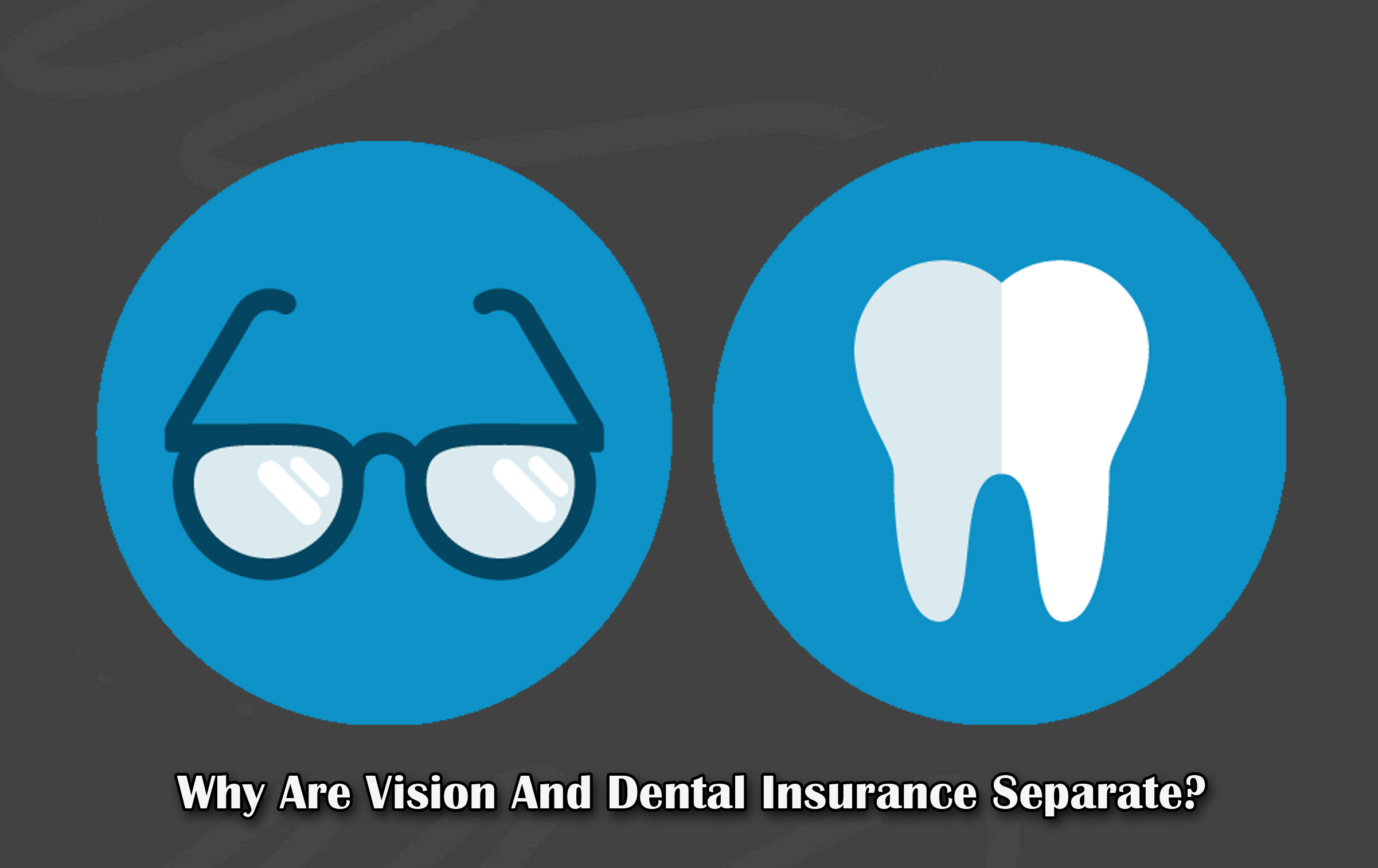
Vision and dental insurance are often treated as separate from standard health insurance policies, leaving many people wondering why.

This division results from the historical classification of these types of care and how insurers cover them.
Historically, vision and dental care were not considered essential components of general health insurance. Instead, they were viewed as specialized services addressing specific areas of health.
As a result, insurers created separate policies to cover these needs, allowing individuals to choose whether to include vision and dental coverage in their overall healthcare plans.
What’s more? Read on to find out.
Why Are Vision And Dental Insurance Separate?
Vision and dental insurance are often treated separately from general health insurance. This distinction is rooted in historical, practical, and financial reasons, shaping how these services are accessed and covered today.
The Historical Separation
The separation of dental and vision care from standard medical practices dates back centuries. In the past, barbers were responsible for pulling teeth, while general practitioners focused on treating injuries and illnesses.
It wasn’t until the mid-19th century that dentistry became a specialized field, with dedicated schools training professionals in oral health.
Vision care followed a similar path. Craftsmen, not physicians, traditionally created and sold glasses, establishing a separate line of work distinct from medical practice.
Over time, these fields developed their own professional standards and networks, which reinforced their independence from general healthcare.
Specialized Networks And Providers
Health insurance plans typically include a network of physicians, specialists, and hospitals. However, these networks often exclude dentists and vision care providers.
To address this gap, separate dental and vision insurance plans emerged, partnering with professionals like dentists, orthodontists, optometrists, and ophthalmologists.
This separation ensures that you have access to specialized, cost-effective care for your oral and vision needs. However, it also means that these services are often not included in standard health insurance policies.
Supplemental Coverage
Dental and vision insurance are considered supplemental because their services generally cost less than those covered by traditional medical insurance.
Preventive care like cleanings, eye exams, and basic treatments are relatively affordable compared to hospital stays or surgeries.
Insurance companies offer standalone vision and dental plans to keep costs low and give consumers more choices. For example, the Affordable Care Act (ACA) requires pediatric dental and vision coverage but treats adult coverage as optional. This allows insurers to offer flexible, specialized policies while keeping premiums affordable.
Types Of Vision And Dental Plans
There are two main ways to get vision and dental insurance: traditional plans and savings plans.
Traditional Plans
Traditional plans, such as HMOs and PPOs, often include premiums, deductibles, and copays. These plans provide coverage for routine care and treatments, with varying levels of flexibility depending on the network and pricing.
Savings Plans
Savings plans are an alternative option where you pay a regular fee to access discounted services. These plans have no waiting periods or restrictions for preexisting conditions, making them an attractive choice for immediate care.
What Do Vision And Dental Insurance Cover?
Vision insurance typically includes coverage for eyewear, eye exams, lens coatings, and occasionally corrective surgeries like LASIK.
Dental insurance covers routine check-ups, cleanings, fillings, root canals, oral surgery, and prosthetics like dentures or bridges.
While these plans focus on preventive care and minor treatments, they may not cover extensive or cosmetic procedures without additional costs.
Can You Combine Vision And Dental Insurance?
Some insurers allow you to bundle vision and dental insurance under one plan, whether purchased through an employer, privately, or on the health insurance marketplace.
Bundling can simplify management and sometimes lower costs, but availability depends on the provider.
Conclusion
The separation of vision and dental insurance from general health coverage reflects historical practices, specialized care needs, and financial considerations.
While this system offers flexibility and affordability, it also highlights the importance of choosing the right coverage to meet your healthcare needs.